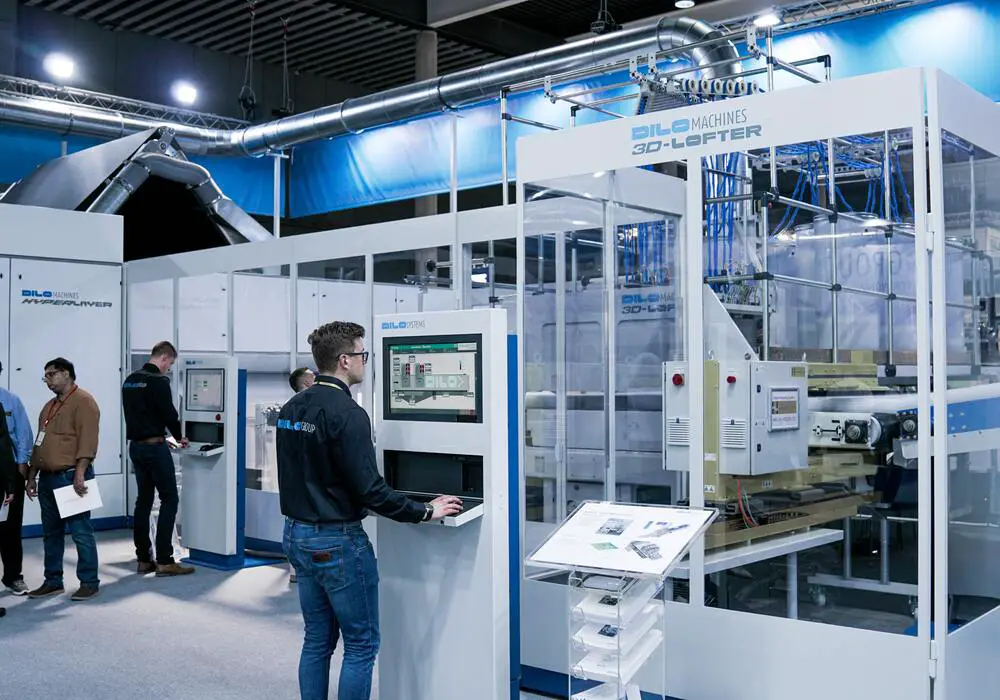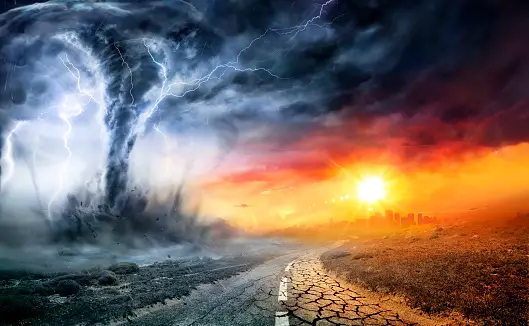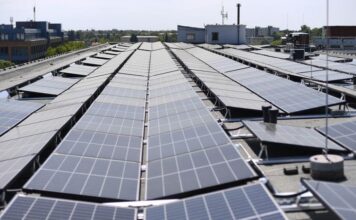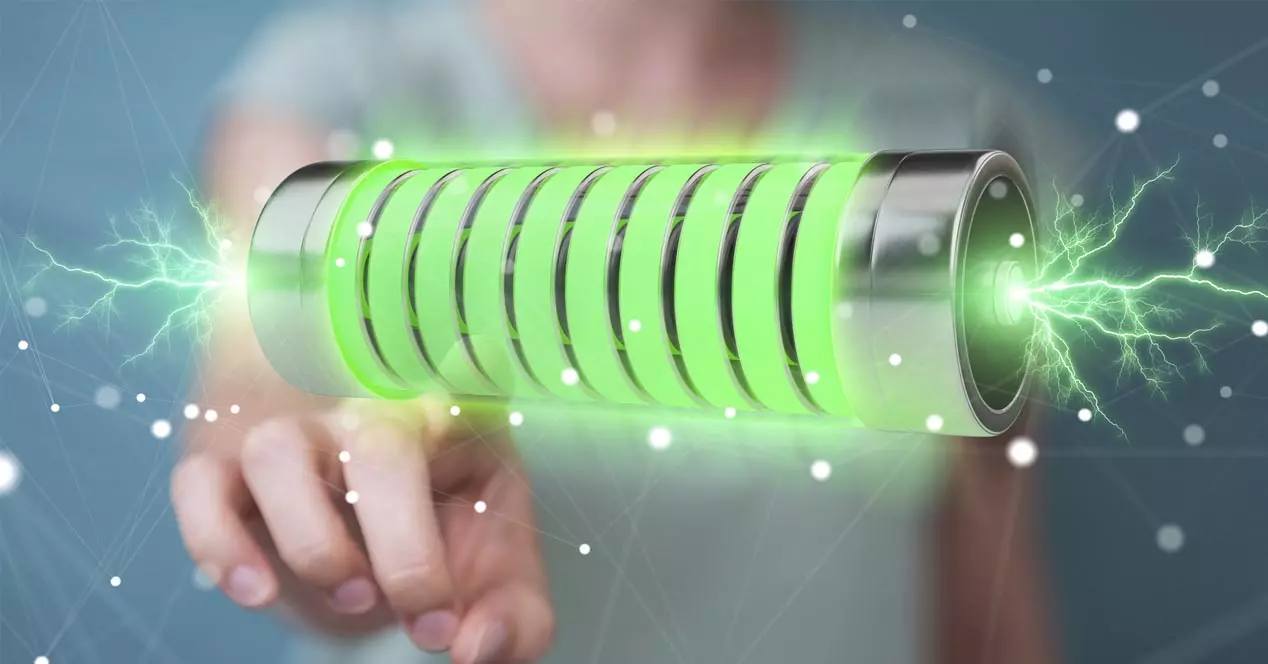At the origin of all the renewable energies that humanity exploits today, there are only two main sources: the Sun and the Earth. However, specialists like to classify these energies into five main types, each of which has its own specificities.
The term renewable energy is used to designate energies which, on a human scale at least, are inexhaustible and available in large quantities. Thus there are five major types of renewable energy : solar energy, wind energy, hydropower , biomass and geothermal energy. Their common characteristic is not to produce, in the operating phase, polluting emissions (or very little), and thus to help fight against the greenhouse effect and global warming.
Table of Contents
1- Solar energy: Power from the Sun
Solar energy is the energy that can be obtained from the Sun’s radiation.
A distinction must be made between photovoltaic solar energy and thermal solar energy . Photovoltaic solar energy corresponds to the electricity produced by so-called photovoltaic cells. These cells receive sunlight and are able to transform part of it into electricity.
Modularity counts for one of their advantages. Indeed, photovoltaic panels can be used both for domestic purposes and for large-scale energy production.
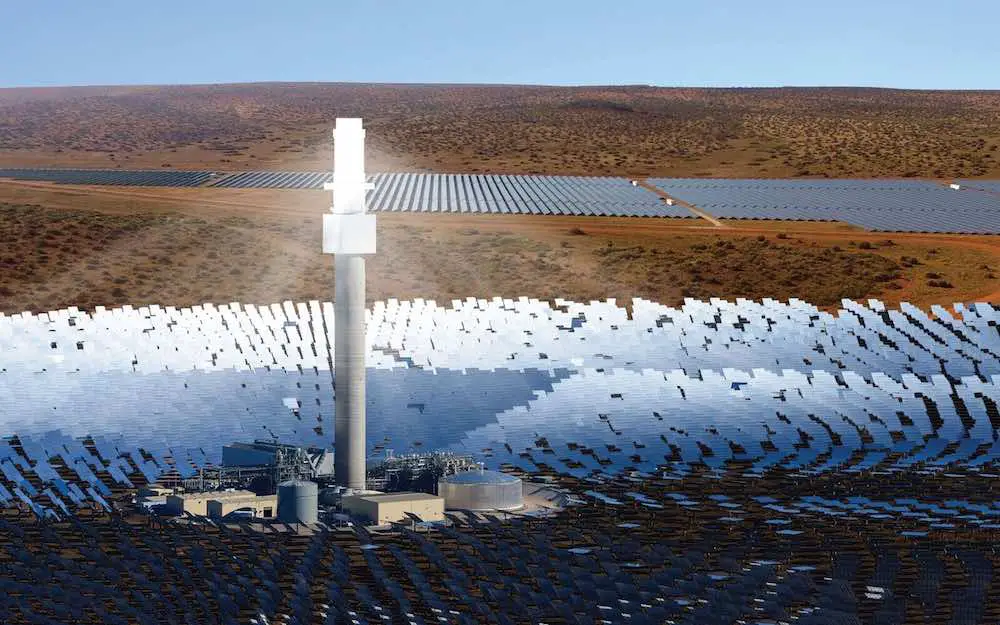
In a thermal or thermodynamic solar energy system , solar radiation is used to heat a fluid. Water, for example, as in some domestic water heaters. When a concentrating system — a set of mirrors — is added to it, the Sun can heat the fluid up to some 1,000°C and the technology becomes usable, for example, for generating electricity.
The disadvantage of solar energy is that it is an intermittent energy. It can only – today at least – be exploited when the Sun is shining.
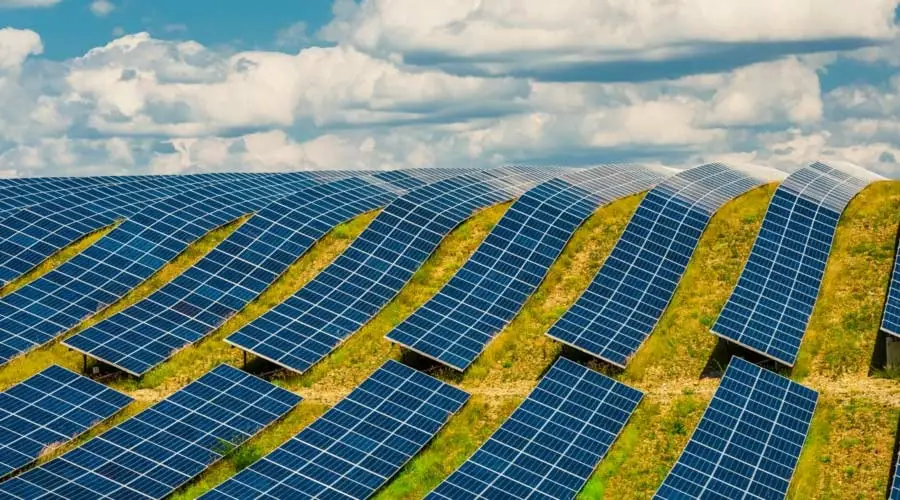 Solar Energy
Solar Energy2- Wind energy: Air as the source of energy
The ancestors of wind turbines are windmills . Wind turbines produce energy — electricity, for example, when they are coupled to a generator — from the movement of air masses . They harness the kinetic energy of the wind .
Wind turbines can be installed on land. We then speak of onshore wind turbines. These are technically the simplest to imagine.
Even if the spaces that can be reserved for them could quickly run out. And the most efficient could be wind turbines installed at sea, which are called offshore wind turbines .
Like solar energy, wind energy is an intermittent energy. Wind turbines produce only when the wind blows.
On the other hand, unlike solar panels, it can be difficult to install a wind turbine in your garden. The technology is rather reserved for large installations.
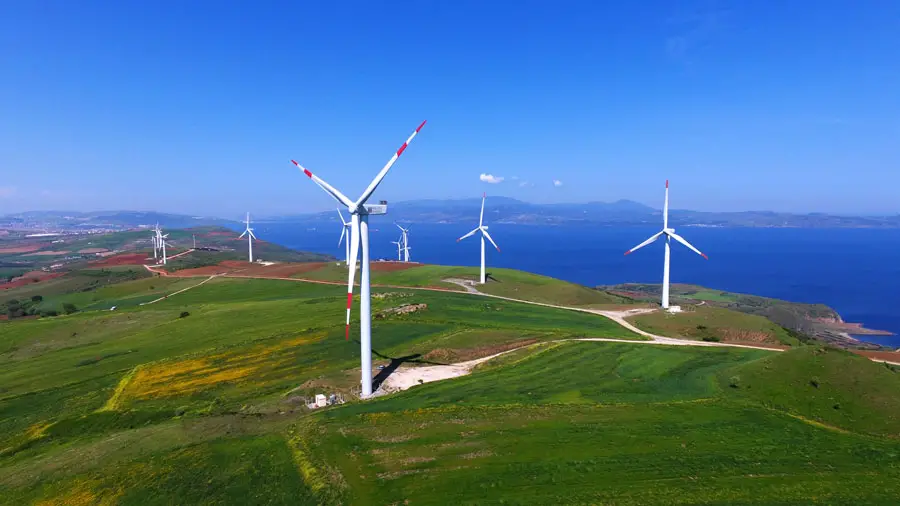 Wind Turbines
Wind Turbines3- Hydraulic energy: Thanks to ocean currents and Water Sources
The term hydraulic energy refers to the energy that can be obtained by harnessing water. A category of energy less subject to weather conditions, but which remains reserved for large-scale production. In hydraulic energies , we find:
- Dams that release large amounts of water on turbines to generate electricity.
- Tidal energy which plays on the potential energy of the tides , an energy linked to the differences in water levels and the currents that these induce.
- Tidal energy which exploits ocean currents.
- Wave energy which relies on the kinetic energy of waves and swells .
- The thermal energy that can be drawn — in a careful way to avoid in particular any disturbance of the natural flows of the seas — from the temperature difference between deep waters and surface waters.
- The osmotic energy that produces electricity thanks to the pressure difference generated by the difference in salinity between sea water and fresh water .
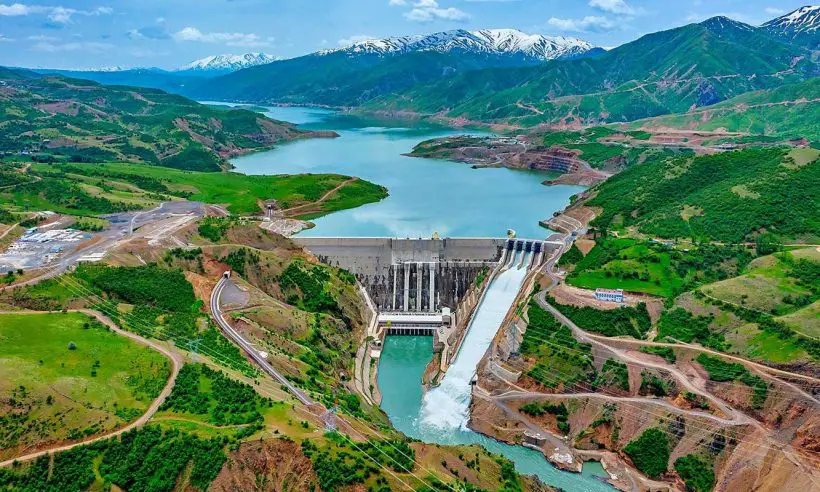 A Hydroelectric Dam
A Hydroelectric Dam4- Biomass energy from organic matter
Biomass can become a source of heat , electricity or fuel. Several techniques can be implemented to draw energy from it: combustion , gasification , pyrolysis or even methanation, for example.
Biomass energy can be produced locally. But care must be taken, in certain cases, that it does not compete with the food chain.
Biomass energy includes:
- The ancestral source that is wood. It can produce heat, electricity or biofuels ( hydrolysis of cellulose into glucose then fermentation into ethanol).
- Biofuels, liquid or gaseous, resulting from the transformation of plants such as rapeseed or beetroot (1st generation ), from cellulosic materials ( 2nd generation) or from microorganisms such as microalgae (3rd generation ).
It should be noted that biomass can only be considered a renewable energy source if its regeneration is greater than its consumption.
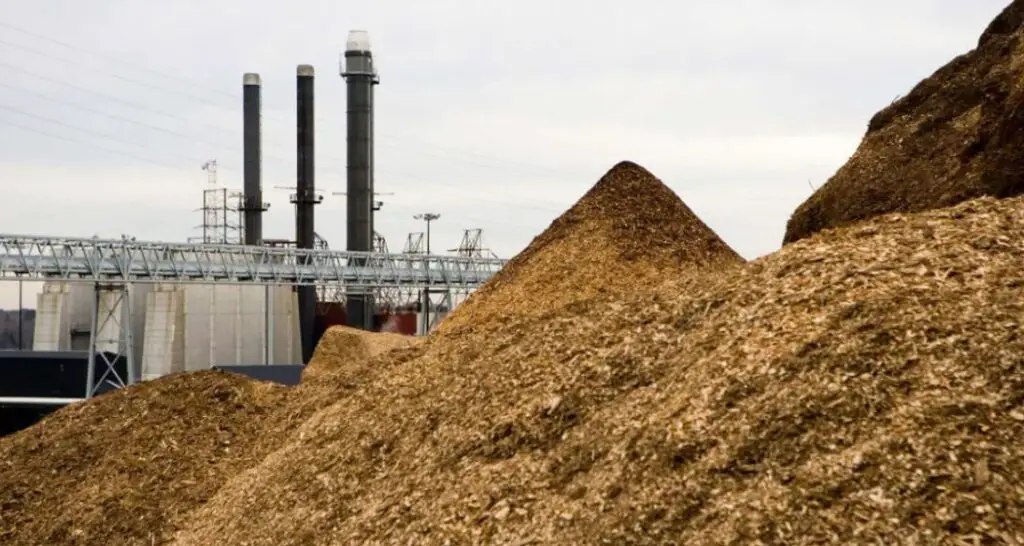 Bioenergy Plant
Bioenergy Plant5- Geothermal energy: Drawing energy from the ground
Geothermal energy is a renewable energy coming from the extraction of the energy contained in the ground. This heat essentially results from the radioactive decay of the fissile atoms contained in the rocks.
It can be used for heating, but also for the production of electricity. It is one of the only energies that does not depend on atmospheric conditions.
However, it depends on the depth from which it is drawn. Deep geothermal energy – some 2,500 meters for 150 to 250°C – makes it possible to produce electricity. Medium geothermal energy – in water deposits in particular at 30 to 150°C – supplies urban heating networks. Very low energy geothermal energy – between 10 and 100 meters deep and below 30°C – is that used by heat pumps .
Note, however, that for geothermal energy to remain sustainable, the rate at which this heat is drawn must not exceed the rate at which it travels inside the Earth.
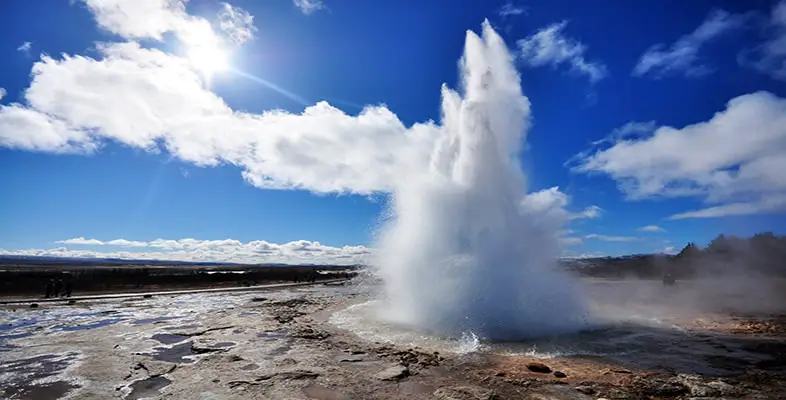 Geothermal Geyser
Geothermal Geyser
